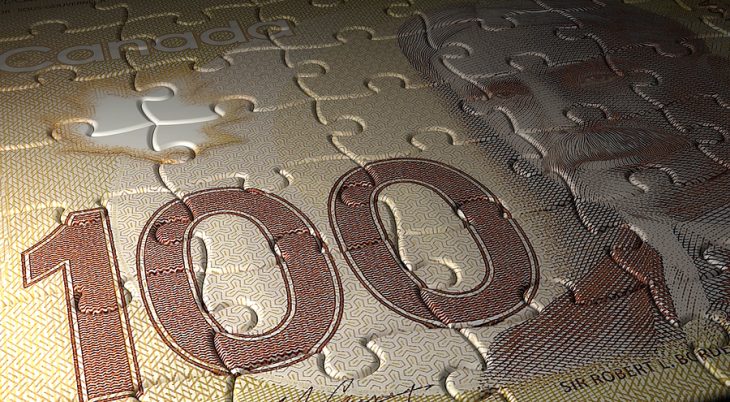
LAST WEEK WE SPECULATED that the big, vertically integrated Canadian telecom, cable, wireless and media companies could get out of media.
We talked to a few broadcasters who spoke on condition of anonymity who angrily wondered – with the CRTC apparently not listening to their concerns about costs, nor about being able to use their content as a point of differentiation with wireless or broadband customers while also taking simsub away, at least for the Super Bowl – why should carriers continue to own broadcasters?
The answer is cash flow, capex and a lack of available suitors.
Bell Media stands to lose $80 million on the simsub decision alone, according to our sources, so they are livid, have plans to re-evaluate their media holdings and may yet launch a lawsuit against the CRTC, our sources told us last week. But as long as Bell, as well as Shaw Communications, continue to build networks and pay a dividend to shareholders from their free cash flow, their media holdings remain an attractive asset to hang onto.
(We had a couple of Bay Streeters who will remain unnamed help us with the numbers.)
For BCE, Bell Media produced just 8% of the company’s overall revenue of $18.7 billion in 2014. Yet, the company’s TV and radio division (thanks to CTV, TSN, Discovery et al) provides 20% of the Mother Corp’s $3 billion of annual free cash flow. It’s a significant chunk that belies the division’s size, relative to Bell’s wireless and wired girth. That level of cash flow from media has a lot to do with capital expenditures. While wired networks require about 20% of revenue be plowed into capex and wireless nets about 15%, capex on the Bell Media side, comes in at just 3% of total revenues, which is not atypical of other media companies.
Shaw shows similar positive financial metrics with Media. Shaw Communications produces total annual FCF from all of its operations of close to $700 million and it also will spend about $550 million this coming year in dividends to shareholders, which have been increasing year to year, as with all VI companies. With $250 million in FCF flowing out of Shaw Media last year, that’s nearly half of its shareholder dividend coming from the likes of Global Television, Showcase, HGTV and Food Network.
“They’re taking free cash flow from media to pay for their networks and dividend commitments, too."
“They’re taking free cash flow from media to pay for their networks and dividend commitments, too,” said one of our Bay Street analysts.
Unfortunately, what that also means is that in order to support the ongoing FCF needs for dividend payouts of the parent companies, the media divisions face serious pressure to continue to provide their mother ships those expected returns – which could potentially lead to more layoffs such as what has been happening steadily over the last 24 months.
That will mean fewer people to gather and produce news and sports and less available resources for Canadian content.
(These metrics are not as apparent with Rogers Communications, whose media division is far less profitable and much smaller than either Shaw’s or Bell’s and the family’s history is steeped in media, even with muted returns. As for Quebecor, it owns so many top French media brands, it’s a bit of a special case.)
“You’re not going to find that cash flow anywhere else.”
The final reason the VI companies will likely hang onto their media arms is “Who’s going to buy? Who’s going to give you a billion-dollar cheque?” asked our other analyst.
Rogers could try to buy, but passing regulatory muster at the CRTC and Competition Bureau isn’t assured. Plus, would Bell sell media assets to Rogers? We find that to be a very unlikely scenario. Corus has the size to be a buyer, but with the Shaw family firmly in control of the ownership there, as well as at Shaw Media, any Shaw-Corus moves would be seen as simply reshuffling of furniture. Could Corus buy Bell Media? It’s unlikely the Commission would allow so much media be controlled by the Shaw family.
The media businesses could be spun off into publicly traded companies in their own right, but then where would Bell and Shaw get that cash? The money for network capex and dividends?
Says one of our analysts: “You’re not going to find that cash flow anywhere else.”
So despite the anger over simsub changes and other affronts from the Regulator, the money trail would leave one to believe the VI companies will be hanging on to their TV and radio pieces for a while longer.



